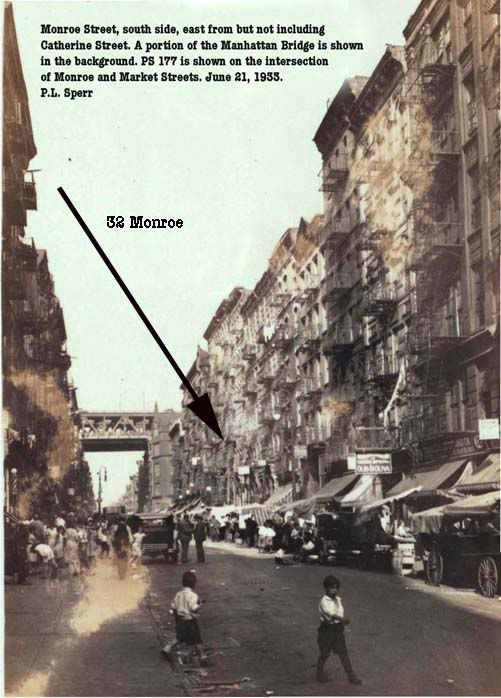a previous 2008 post about Annie Moore
an excerpt from new york magazine
Immigrant Number One
In 1892, she was the first foreigner to arrive at Ellis Island. By 1893, she was an American mystery.
Annie surely knew to expect that other immigrant, the tall one from France. Not yet six years in the harbor, the Statue of Liberty was already famous, even as far away as Cork, for her inscription welcoming the wretched refuse if not for her cold, suspicious face.
What Annie wouldn’t have expected was Ellis Island. When her parents had come from Ireland four years earlier, they’d been brought to Castle Garden, which was neither a castle nor a garden but a scandal-ridden immigrant station at the tip of Manhattan. Maybe as Annie and her two younger brothers waited out their last frigid night on the S.S. Nevada—they had arrived in the harbor on the evening of December 31, 1891—someone explained to them that things had changed. They and the 145 other steerage passengers would be among the first immigrants sent to a new facility whose opening was planned for New Year’s Day.
How could Annie have cared about that? She and Anthony and Phillip had not left Ireland unchaperoned—had not endured the twelve dark and airless below decks days of the crossing, including Christmas!—to be the first of anything. They just wanted to see their parents and their older brother and sister, who by now were young adults of New York. To that end, the less attention the better. There were tales about immigrants being rejected for any reason, from a limp to a lie, and all three Moores, probably to save their father money on the passage, had understated their ages.
If Annie wanted to make as little of the big day as possible, the press had the opposite idea. Perhaps it was for the papers’ benefit that the two other ships whose passengers might have had the honor of inaugurating Ellis Island—the City of Paris and the Victoria—were overlooked in favor of the Nevada. It sounded so American. And perhaps it was on the press’s behalf, too, that a “rosy-cheeked” Irish lass headed the line to get off the barge as it moseyed into its slip, amid foghorns, bells, and shrieking whistles. How perfect that it also happened to be her 15th birthday! (Too perfect: She’d turned 17 the previous spring.) But this was not the only detail the press seems to have invented. “As soon as the gangplank was run ashore,” the Times reported the next day, “Annie tripped across it.”
Maybe. Or maybe, as other versions have it, she was so visibly upset by the emotions of the day that the Italian gentleman who was actually first in line insisted she take his place. Or was it a German man, who was shunted aside in favor of the English-speaking youngster? Surely she would make a better ceremonial subject for the Treasury Department dignitary who’d come from Washington to welcome Ellis Island’s first immigrant. Nor was that the end of the pomp: A Catholic chaplain blessed Annie, and the island’s commissioner handed her a gold Liberty coin.
It seems doubtful that Annie said, as the Times also reported, that she would never part with the $10 piece, but would “always keep it as a pleasant memento of the occasion.” Is it more believable that, as family lore maintains, she barely kept it five minutes? Supposedly, her father, a longshoreman, took it for safekeeping—it was a week’s salary, a month’s rent!—and that night, to celebrate the reunion of his family, drank it away in the saloons of the dismal Fourth Ward, in the shadow of the Brooklyn Bridge.



























No comments:
Post a Comment